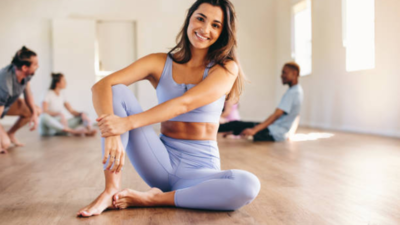Empowering everyone: Getting exercise to transform women’s rights | – times of India
Exercise is the cornerstone of a healthy life, but women’s bodies become objects of great health throughout their lives, having exercise equipment to meet their needs to support themselves. From childhood to menopause, the body’s physical, hormonal and structural changes determine its response to physical activity.
Exercise is very important for women, but it is often overlooked
Exercise is important for women of all ages because it promotes good health, mental well-being and the higher things in life. Regardless of the stage of life, regular exercise can bring regular and long-term benefits, which are measured against the specific needs of the body at a given time. Below are important reasons why exercise is common for women of all ages.
Health: heart disease is one of the leading causes of death among women. Aerobic exercise will strengthen the heart, and you will be separated from the distribution of heart disease.
Bone density: Women are at greater risk of osteoporosis, especially after menopause. Exercise such as walking, strength training and resistance training help maintain and strengthen bones, thereby preventing fractures and other problems.
Weight management: Exercise helps in weight management by burning calories and metabolism. It also promotes weight loss, which increases metabolic efficiency.
Strength and endurance: Strength training strengthens muscle tissue, improves posture, and supports daily activities. Strong muscles reduce the risk of injury and improve overall performance.
Chronic Prevention: Regular exercise can reduce the risk of developing serious conditions such as diabetes, high blood pressure, and certain types of cancer. It also improves the immune system, helping to fight diseases.
“Women may reap more health benefits from working together than men”: Harvard study
As for the study published in the American college, women who exercise are always at a different risk of early death or heart attack, even though women always put in less effort, even though women used to exert themselves first.
The researchers found a relationship between women with reduced risk of death compared to men among all types of exercise. This included some suitable aerobic activity, such as brisk walking; Vigorous exercise, such as holding a barbell or skipping rope; and strength training, which can measure body weight.
The researchers found that going to 300 minutes (five hours) to exercise every week is at risk of dying before men and women. In this situation, the risk of early death is reduced by 24% for women and 18% for men. Similarly, 110 minutes of vigorous aerobic activity per week was associated with a 24% lower risk of early death in women and a 19% reduction in men.
Childhood and adolescence, the foundations of body building
During childhood and adolescence, their goal should be to build a foundation for lifelong health. This condition is characterized by rapid growth, hormonal changes during pregnancy and the development of motor skills. Exercise not only supports health but also mental clarity and supports social connections.
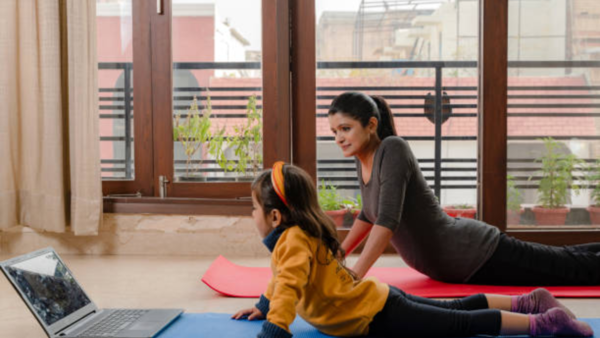
Encourage participation in fun activities, such as dancing, swimming or team sports. This builds good practice relationships. Strength training, individual push-ups and push-ups, can be performed under control to improve strength and muscle power. Activities with heavy weights such as running and jumping will break the bones, which are critical in this period of rapid growth. Youngsters should be careful to pass, especially in competitive sports, to prevent injuries and depression.
The 20s where a woman’s body needs great strength and stamina
In their 20s, women are often at their peak in terms of physical activity, strength and endurance. This is the perfect time to build muscle mass, improve cardiovascular fitness, and create a flexible exercise routine.
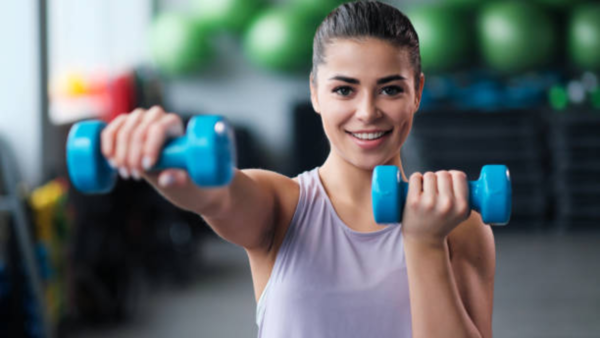
Resistance training builds muscle mass and improves metabolism. Exercises like benches, pushups and bench presses work very well. High-intensity interval training (HIIT) can improve cardiovascular health and burn calories effectively. Include yoga or strength training to improve posture and prevent injuries. Exercise can help deal with stress and improve mental awareness, which is especially useful for young women traveling or in higher education.
30s where there is a need to balance fitness levels and lifestyle activities
For women in their 30s, life is often an act of baptism involving careers, relationships and motherhood. Exercise methods should focus on maintaining stress, and preventing weight loss as the metabolism starts to slow down a bit.

For busy women, short but active privileges such as hiit training or circuit training are ideal. Pregnancy and the postpartum period require core and strength, which can be established by working out the abdominal muscles. Active training, which involves daily movement, reduces the chances of injury. Healthy Minute Exercises, such as yoga or tai chi, can be helpful when dealing with stress.
The 40s is where you save energy and change
The 40’s bring about hormonal changes for women to be fair. These changes can cause weight gain, weight loss, reduced bone mass and decreased muscle mass. Exercise routines should focus on combating these effects and maintaining overall strength.
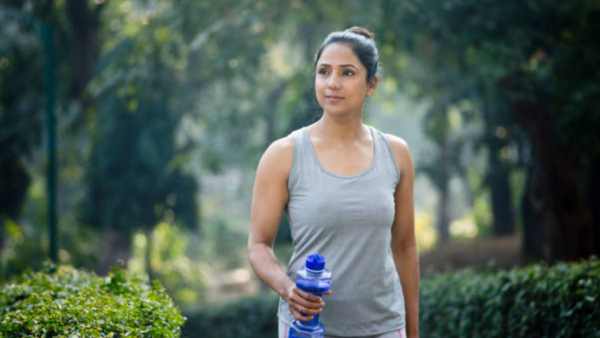
Flexibility helps maintain muscle mass, thus increasing metabolism. For variety, one can use free weights or resistance bands. Activities that prevent bone loss include walking, running, or strength training. Low-impact activities, such as swimming or swimming, protect the immune system but improve heart health. Stress-relieving activities such as meditation or yoga should be included to manage the needs of the middle man.
50 is where your body likes to stop menopause
Stopping to stop stopping to stop pumping, reducing the bone in particular, and the person will need the government to be successful and well prepared.
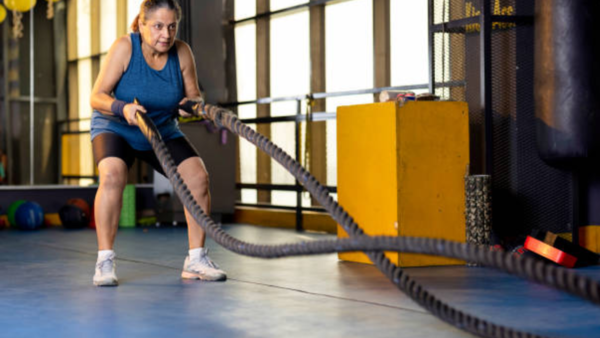
Weight-bearing exercise and resistance can reduce the risk of osteoporosis. Vigorous activities include swimming or Tai Chi, as they reduce stress but improve range of motion. Regular stretching exercises can help manage stress and support heart health. Stretching and balance reduce the chance of falling.
The 60s and beyond: a time to emphasize movement and equality
In the 60s and beyond, they ignore freedom, equality and independence in general. Regular exercise can greatly improve health and reduce the risk of chronic diseases.
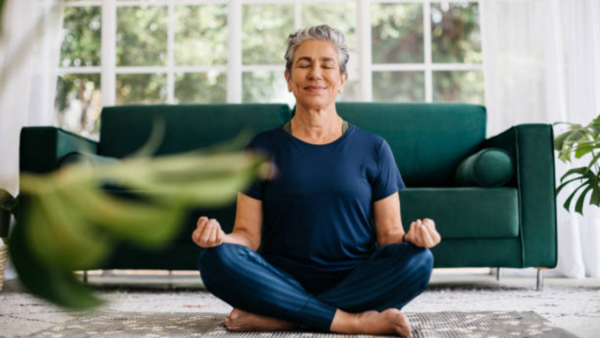
Use it to do good things every day, like spreading or reaching out, help save someone. Activities such as tai chi or yoga reduce the risk of falling. Resistance training is always important for muscle tone and strength. Walking, swimming or cycling supports heart health without straining the joints.
Exercise has nothing to do with nutrition
There is something more equal than working out alone. Proper nutrition and rest are important for building healthy bones and improving bones. Calcium and vitamin D Make sure bones are healthy and strong. Adequate management of sleep and stress ensures that the body respects the physical process.
#Empowering #exercise #transform #womens #rights #times #India
